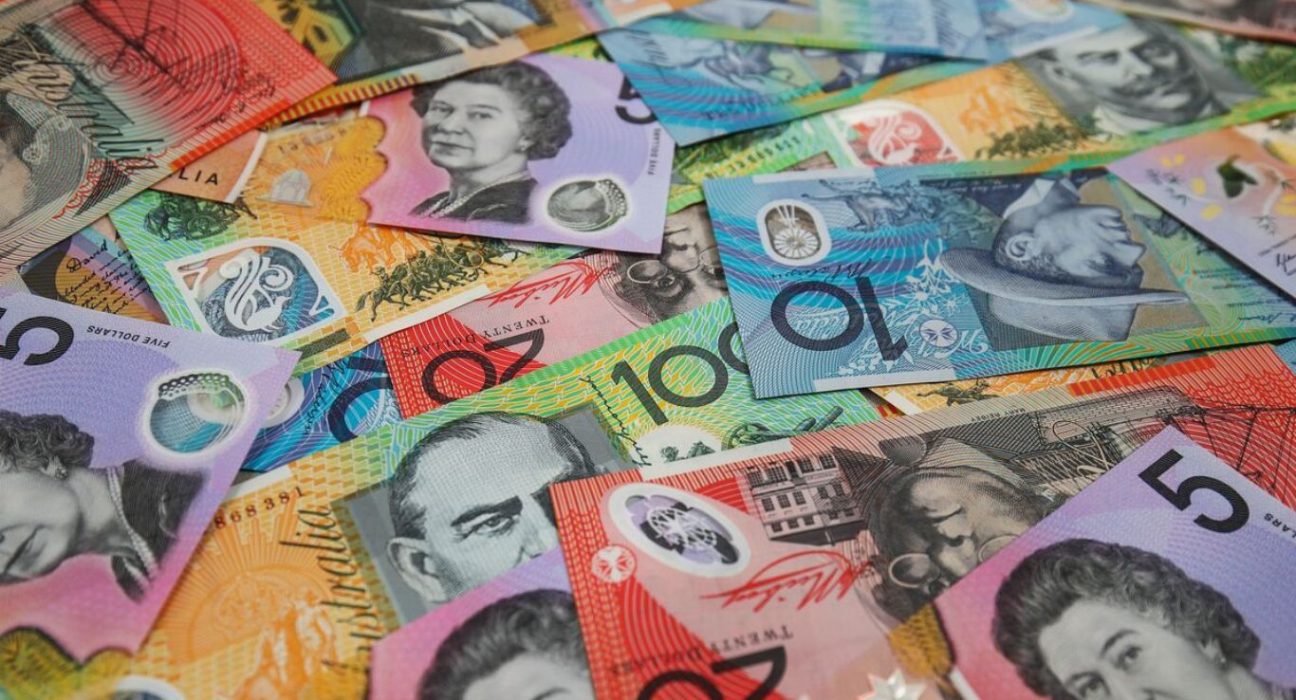The Australian dollar saw a slight uptick of 0.2% against its major counterparts, buoyed by temporary market sentiment. However, concerns regarding the country’s economic growth trajectory have overshadowed this modest gain. As investors and analysts analyze the currency’s performance, it becomes evident that the Australian dollar is heading for a second straight week of losses, raising questions about its long-term stability and impact on the broader economy.
Economic Growth Woes Weigh on Australian Dollar
The Australian dollar’s recent struggles can be attributed to mounting concerns over the nation’s economic growth. As global economic headwinds persist, uncertainties loom over key sectors such as manufacturing, exports, and consumer spending. Slowing growth has prompted investors to reassess the attractiveness of the Australian dollar as an investment option. The currency’s struggles also reflect a broader cautionary sentiment in the market, with investors adopting a wait-and-see approach before committing to significant positions.
Market Volatility Impacts Australian Dollar Performance
The Australian dollar’s vulnerability to market volatility has exacerbated its recent losses. Fluctuating commodity prices, geopolitical tensions, and shifts in global monetary policies have intensified uncertainties surrounding the currency. Australia’s heavy reliance on commodity exports, particularly iron ore and coal, makes it susceptible to price fluctuations, which in turn impact the Australian dollar’s value. This volatility has further dampened investor confidence and contributed to the currency’s downward trajectory.
Analyzing the Australian Dollar’s Long-Term Stability
Market observers and analysts are scrutinizing the Australian dollar’s long-term stability and its implications for the nation’s economy. The currency’s performance not only affects importers and exporters but also influences inflation, interest rates, and investment decisions. A sustained weakening of the Australian dollar could have far-reaching consequences, such as higher import costs, reduced consumer purchasing power, and potential impacts on tourism and foreign investment. The Reserve Bank of Australia (RBA) and policymakers are closely monitoring the situation and may intervene if necessary to stabilize the currency and support economic growth.
Factors Affecting the Australian Dollar’s Future Trajectory
Several factors will play a crucial role in determining the Australian dollar’s future trajectory. Economic indicators, including GDP growth, employment data, and consumer sentiment, will be closely watched for signs of improvement or further deterioration. Additionally, global market conditions, such as ongoing trade tensions, geopolitical developments, and central bank policies, will influence the currency’s performance. Furthermore, the effectiveness of domestic policies aimed at stimulating economic growth, such as infrastructure investments and fiscal stimulus packages, will also impact the Australian dollar’s outlook.
The Importance of a Balanced Approach for Economic Recovery
As concerns over economic growth persist, policymakers face the challenge of striking a delicate balance between supporting recovery efforts and ensuring long-term sustainability. While a weaker Australian dollar may boost export competitiveness, it can also lead to higher import costs and inflationary pressures. A comprehensive strategy that focuses on promoting innovation, diversifying the economy, and investing in key sectors will be crucial for sustainable growth. The government, in coordination with the RBA, must implement measures to bolster economic resilience and instill investor confidence, thereby supporting the Australian dollar and facilitating a robust recovery.
Outlook and Implications for Investors
Given the current economic landscape and the challenges faced by the Australian dollar, investors are advised to approach currency investments cautiously. Heightened volatility and uncertainty require a thorough analysis of risk factors and diversification strategies. Investors should consider a balanced portfolio that incorporates a mix of domestic and international assets to mitigate exposure to currency fluctuations. Additionally, seeking professional financial advice and staying informed about market trends will be key to making informed investment decisions in the evolving economic climate.
In conclusion, the Australian dollar experienced a marginal 0.2% increase but remains under pressure due to concerns surrounding the nation’s economic growth. As it heads for a second consecutive week of losses, the currency’s performance raises questions about its long-term stability and its implications for the broader economy. Analyzing various factors and adopting a balanced approach to economic recovery will be crucial for supporting the Australian dollar and ensuring sustained growth in the face of global uncertainties.










